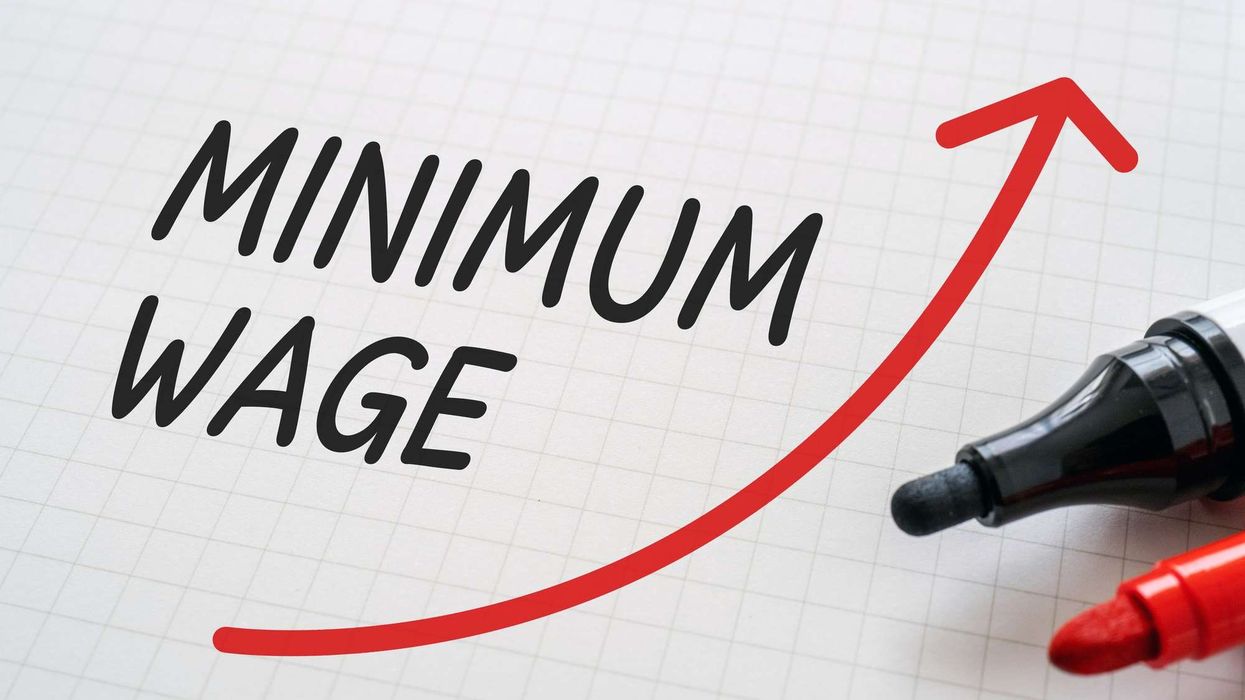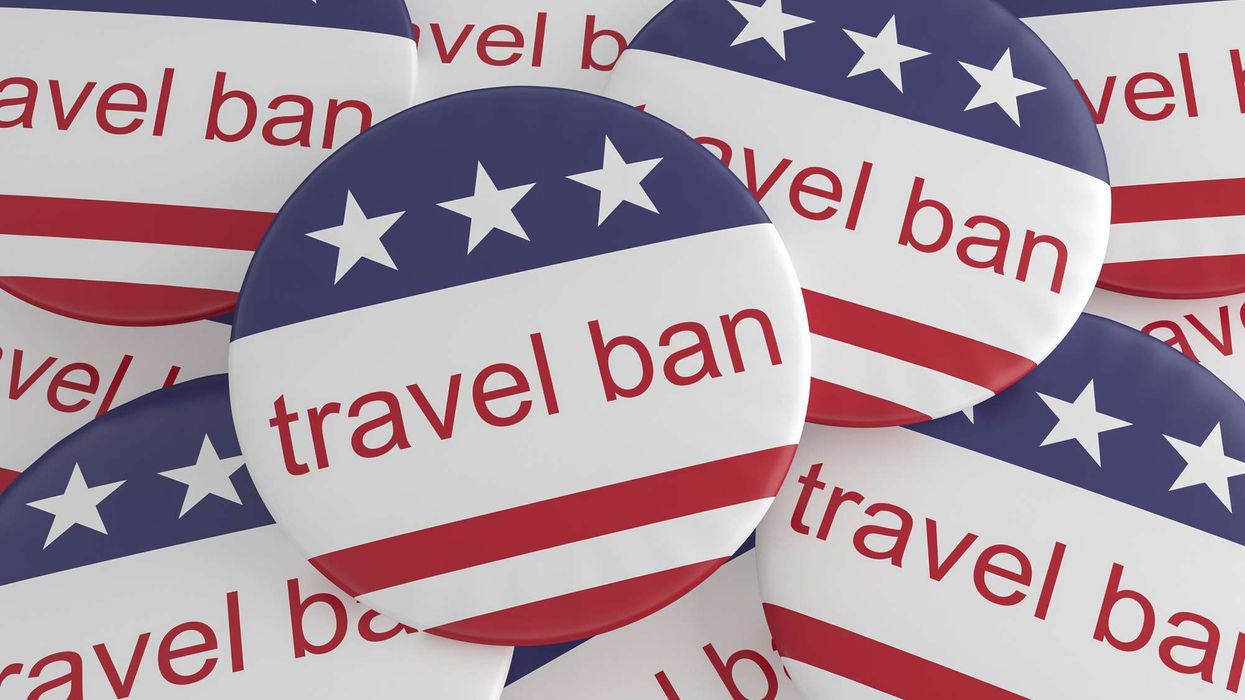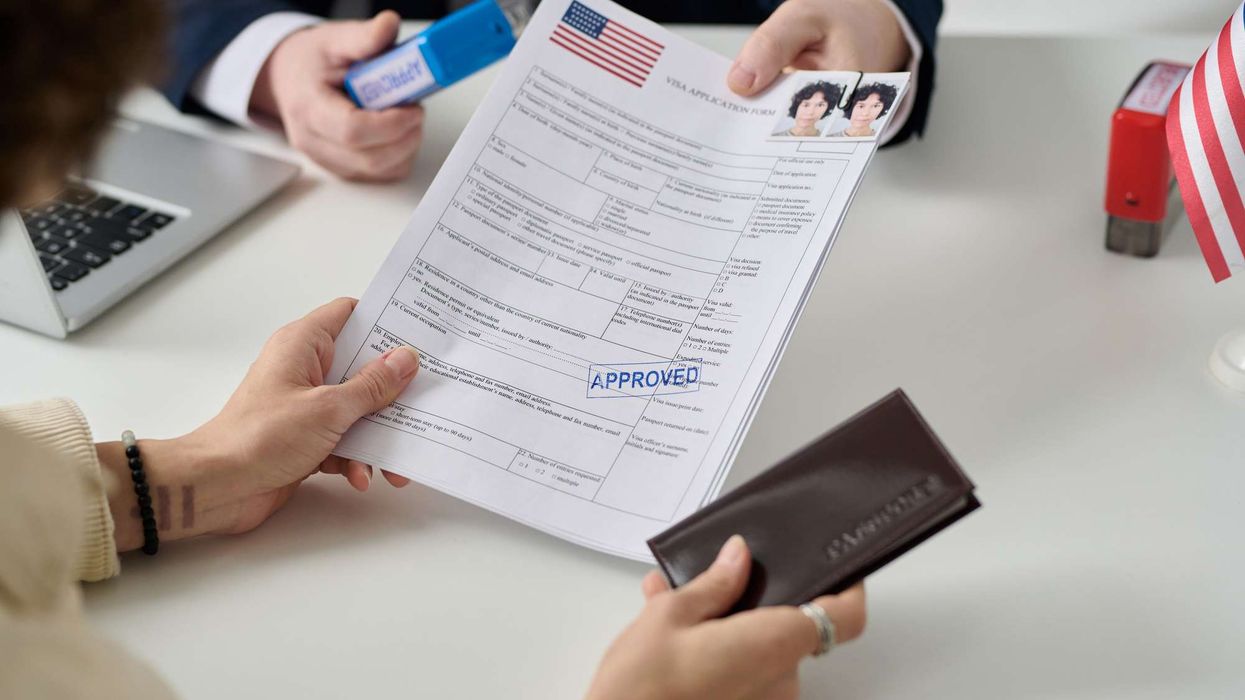Summary:
- Global industry confidence rises as companies adjust travel strategies, GBTA reports.
- U.S. government actions continue to impact travel spending, volume and revenue.
- Blended travel grows, with 43 percent of programs adopting “bleisure” policies.
CONFIDENCE AMONG GLOBAL industry professionals is rising as companies adjust their business travel strategies, according to a new Global Business Travel Association poll. However, concerns remain about expected declines in business trip volume, spending and revenue for 2025.
The GBTA’s “37th Business Travel Industry Outlook Poll” found that business travel patterns are changing and technologies like artificial intelligence are reshaping how companies manage travel. Challenges such as accessibility gaps and government actions continue to affect the industry.
“This latest poll reflects what has always been the industry’s innate ability to innovate and change—to succeed in the face of challenges,” said Suzanne Neufang, GBTA’s CEO. “Business travel is showing signs of resilience and adaptation, with optimism rebounding and new patterns emerging. However, the poll results also underscore the need for thoughtful strategies to navigate external pressures and internal policy shifts. GBTA remains committed to understanding the trends and helping the industry move forward with confidence and clarity.”
After months of uncertainty, business travel professionals are regaining confidence heading into the year’s final months. Around 43 percent of respondents are optimistic about the industry’s outlook for the rest of 2025, up from 28 percent in June. Among Canadian respondents, 54 percent express optimism, compared to 23 percent in June, though still 33 percent below November 2024 levels.
However, U.S. government actions continue to affect the outlook for business travel spending, volume and revenue. About 35 percent of global buyers expect their company’s 2025 travel volume to decline due to these actions, with an average decrease of 19 percent, similar to GBTA’s June poll.
Shifts in travel patterns
Work travel is shifting toward longer, multi-stop trips. Around 39 percent of travel buyers report an increase in “linked” or multi-destination trips, 33 percent have seen longer trip durations and 32 percent report a decline in day trips over the past year.
Travel policies restrict short-term rentals, while some employees pay out-of-pocket for upgrades. Corporate travel programs are split: 57 percent of policies prohibit platforms like Airbnb and Vrbo and 8 percent always allow them. Around 43 percent of travel managers report employees occasionally cover costs themselves, most often for flight cabin upgrades at 78 percent, airport lounge access at 30 percent and extra hotel nights at 29 percent.
Blended travel is growing, with 43 percent of programs now having defined policies for “bleisure” trips. Travel buyers report benefits including improved employee satisfaction at 71 percent and better work-life balance at 68 percent. Travel managers remain concerned about duty of care at 59 percent, expense tracking at 55 percent and insurance coverage at 46 percent.
AI adoption
Agentic AI adoption is rising, with 49 percent of suppliers and TMC professionals and 33 percent of buyers reporting their companies are experimenting with autonomous AI.
In GBTA’s February poll, 34 percent of travel buyers said they planned to use AI in their travel programs in 2025. Top applications for buyers, suppliers and TMCs are customer service, traveler personalization and automated itinerary planning. Additionally, 51 percent of buyers plan to use agentic AI for expense reconciliation. Data privacy, security and system integration are the top concerns for buyers, suppliers, and TMCs.
The online poll was conducted Oct. 2 to 15, with 591 GBTA members and non-members, including corporate travel managers, suppliers and intermediaries across North America, Europe, Asia Pacific, Latin America, Africa and the Middle East.
In July, GBTA projected global business travel to reach $1.57 trillion in 2025, a 6.6 percent year-over-year increase, slower than the previous two years and below the earlier 10.4 percent projection.













